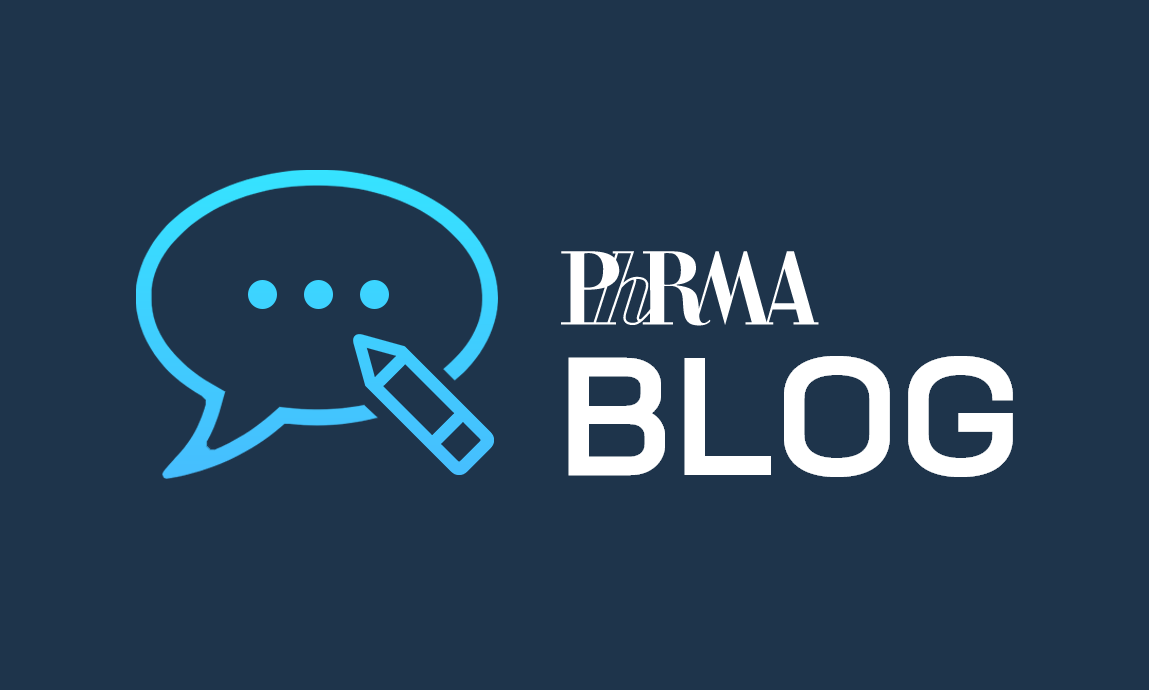The ABCs (and Ds) of Medicare
For nearly 60 years, Medicare has helped pay for medical care for Americans over the age of 65, as well as younger Americans with certain medical needs.

The ABCs (and Ds) of Medicare.
For nearly 60 years, Medicare has helped pay for medical care for Americans over the age of 65, as well as younger Americans with certain medical needs.

The ABCs (and Ds) of Medicare.
For nearly 60 years, Medicare has helped pay for medical care for Americans over the age of 65, as well as younger Americans with certain medical needs. Medicare has many different programs, all named with different letters of the alphabet, so it can often feel confusing. With Medicare increasingly in the news, clarity around how it works and what types of health care it covers is important. We’re here to break it down and share the basics about the different parts of Medicare:
While Medicare’s coverage of medicines has worked well for seniors and people with disabilities, we know there are ways it could work better. That’s why we put forth a number of solutions that could lower out-of-pocket costs for Medicare beneficiaries. In Part D, for example, policymakers could cap annual out-of-pocket costs, lower cost sharing and make out-of-pocket costs more predictable. They could also make sure savings from rebates and discounts pharmaceutical manufacturers negotiate with Part D health insurance plans are shared with seniors and patients with disabilities at the pharmacy counter. In Part B, policymakers could take steps to ensure Medicare and Medicare beneficiaries benefit more from the lower prices negotiated by large commercial purchasers in the private insurance market.
There are ways to achieve savings for the government and beneficiaries while protecting access to medicines and provider reimbursement. Read more about our commonsense, patient-centered reforms here.